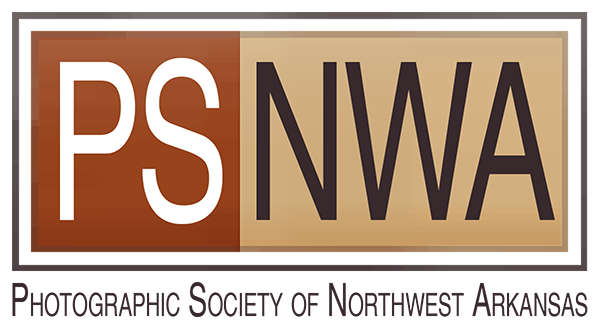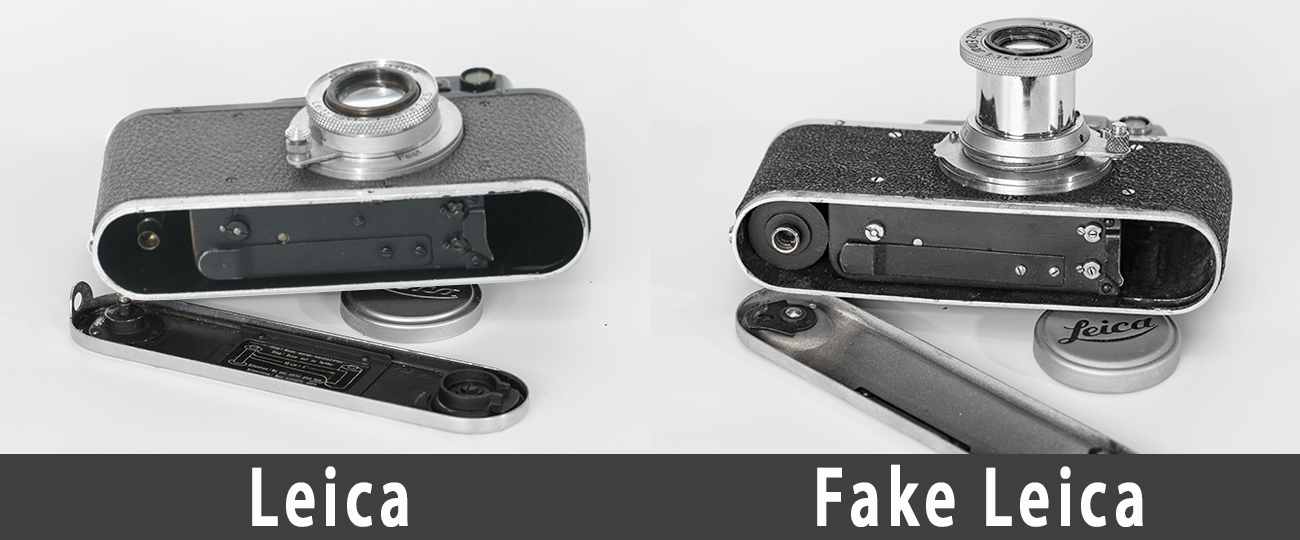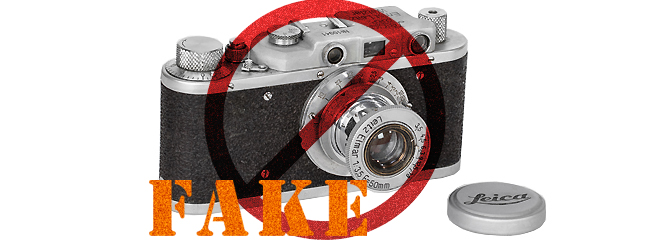
Usually when you purchase a camera you don’t have to worry about the camera being fake. However when it comes to classic Leicas… it pays to do your homework. Here are a few examples from my collection, both real and fake.
Leica II
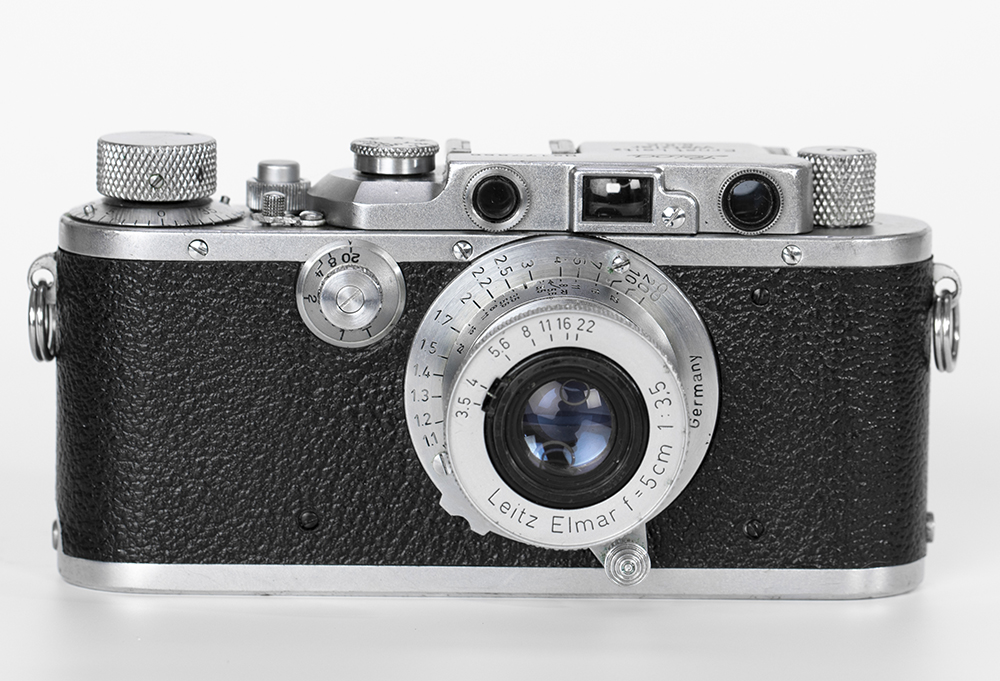 This is the tale of two cameras, the Leica II and the Fed/Zorki. You don’t have to be around camera collecting long to realize a classic pre-war German Leica is among the top of the list for most camera collectors. Often referred to as the Barnack Leicas after the inventor Oscar Barnack the Leica I, II and III were finely crafted 35mm rangefinder cameras. The Leica II was introduced in 1932 and is the first model to include a coupled rangefinder allowing the photographer to visualize the focus. The camera was very successful and copied in part or in total by many camera companies. Few duplicated the camera so faithfully as those produced by the Soviet Union.
This is the tale of two cameras, the Leica II and the Fed/Zorki. You don’t have to be around camera collecting long to realize a classic pre-war German Leica is among the top of the list for most camera collectors. Often referred to as the Barnack Leicas after the inventor Oscar Barnack the Leica I, II and III were finely crafted 35mm rangefinder cameras. The Leica II was introduced in 1932 and is the first model to include a coupled rangefinder allowing the photographer to visualize the focus. The camera was very successful and copied in part or in total by many camera companies. Few duplicated the camera so faithfully as those produced by the Soviet Union.
Russian FED & Zorki
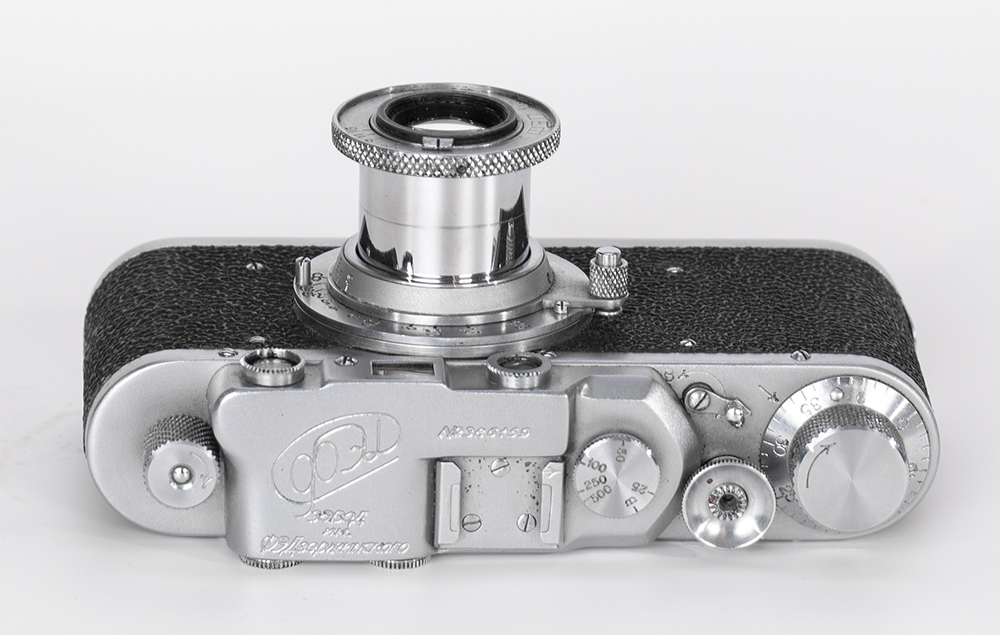 The FED factory in Kharkov, Ukraine was founded in 1926, and was named after Felix E. Dzerzhinsky (founder of the Soviet secret police, the Cheka’.) In 1932, a work unit was set up to plan the production of cameras. In 1934, true production began of the FED, a nearly identical copy of the Leica II. Around 750,000 FED cameras were produced from 1934 to 1955, with a disruption due to the factory’s destruction during WWII. After the war, FED had trouble resuming production. The KMZ plant started making the FED camera under a joint FED-Zorki logo in 1948. When FED returned to normal operation, KMZ continued to produce rangefinder cameras under the Zorki trademark. Zorki ( Зоркий, meaning “sharp-sighted”) is one of the most widely known Soviet photo brands. An estimated 835,502 combined FED-Zorki and Zorki I cameras were produced by KMZ from 1948 – 1956. That is over 1.5 million Leica II look alike cameras produced by the Soviet Union’s FED and KMZ factories combined.
The FED factory in Kharkov, Ukraine was founded in 1926, and was named after Felix E. Dzerzhinsky (founder of the Soviet secret police, the Cheka’.) In 1932, a work unit was set up to plan the production of cameras. In 1934, true production began of the FED, a nearly identical copy of the Leica II. Around 750,000 FED cameras were produced from 1934 to 1955, with a disruption due to the factory’s destruction during WWII. After the war, FED had trouble resuming production. The KMZ plant started making the FED camera under a joint FED-Zorki logo in 1948. When FED returned to normal operation, KMZ continued to produce rangefinder cameras under the Zorki trademark. Zorki ( Зоркий, meaning “sharp-sighted”) is one of the most widely known Soviet photo brands. An estimated 835,502 combined FED-Zorki and Zorki I cameras were produced by KMZ from 1948 – 1956. That is over 1.5 million Leica II look alike cameras produced by the Soviet Union’s FED and KMZ factories combined.
The Fake Leica
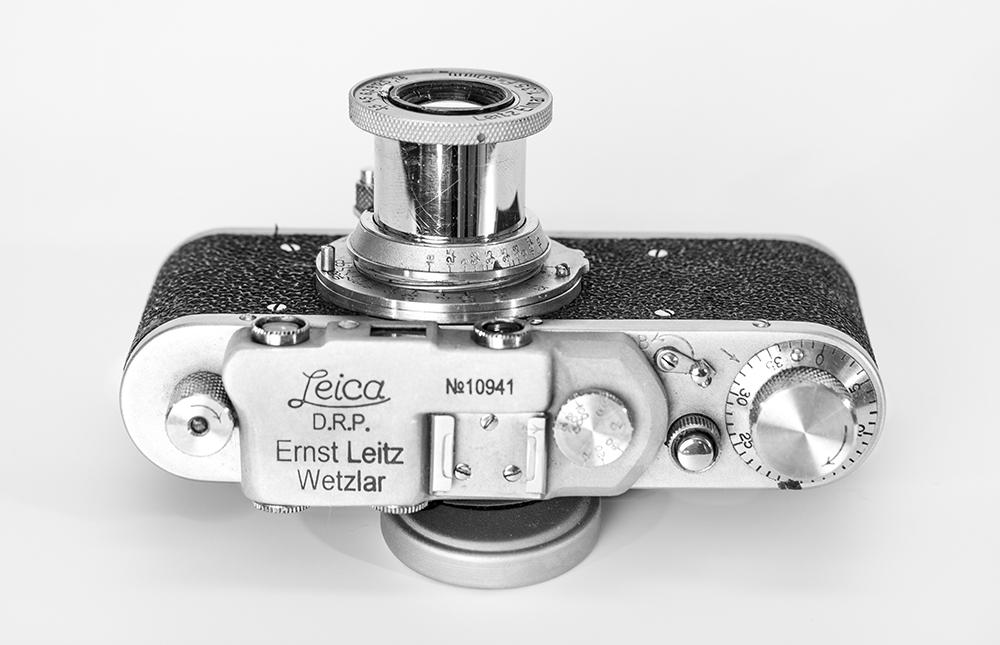 Starting around 1990 camera collectors began to find new “Leicas” not listed in any Leica reference books. The majority of these innovative fake Leica branded cameras were in fact post-war Soviet FED/Zorkis altered with markings to appear as a Leica. FED and Zorki cameras had been produced in such great numbers, that used stock sells for significantly less than their Leica equivalents.
Starting around 1990 camera collectors began to find new “Leicas” not listed in any Leica reference books. The majority of these innovative fake Leica branded cameras were in fact post-war Soviet FED/Zorkis altered with markings to appear as a Leica. FED and Zorki cameras had been produced in such great numbers, that used stock sells for significantly less than their Leica equivalents.
– 1998 Stephen Gandy
Many of these fakes are easy to spot with exotic colored faux leather coverings, chrome removed – polished brass ‘gold’ metal parts, serial numbering not consistent with Leica and exotic additional engravings such as German Swastikas or ‘Luftwaffe’; however not all the fakes are so easy to spot. There are fake “Leicas” altered with relatively high enough quality as to be considered serious fakes not just “art cameras”, but in most cases the work is still not good enough to fool the diligent Leica collector who knows what to look for.
So what are some signs of a fake classic Leica? Most notably Leica did not produce a camera with a German Swastika, or as commemorative cameras for such events as the 1936 Berlin Olympics. Such exotic pristine cameras are a sure give away. Also check if the serial number matches for the model of camera. Leica cameras are well documented and serial numbered batches are easily found with a quick search online. Though serial numbers can occasionally be confusing as Leica provided upgrade services well into the 1960’s. A camera registered as a Leica II could have had the slow shutter speed mechanism added to upgrade the camera into what appears to be a Leica III. However one of the best ways to tell a FED vs a Leica is by looking for a couple small differences under the base plate as this set of images demonstrates.
Stalinets
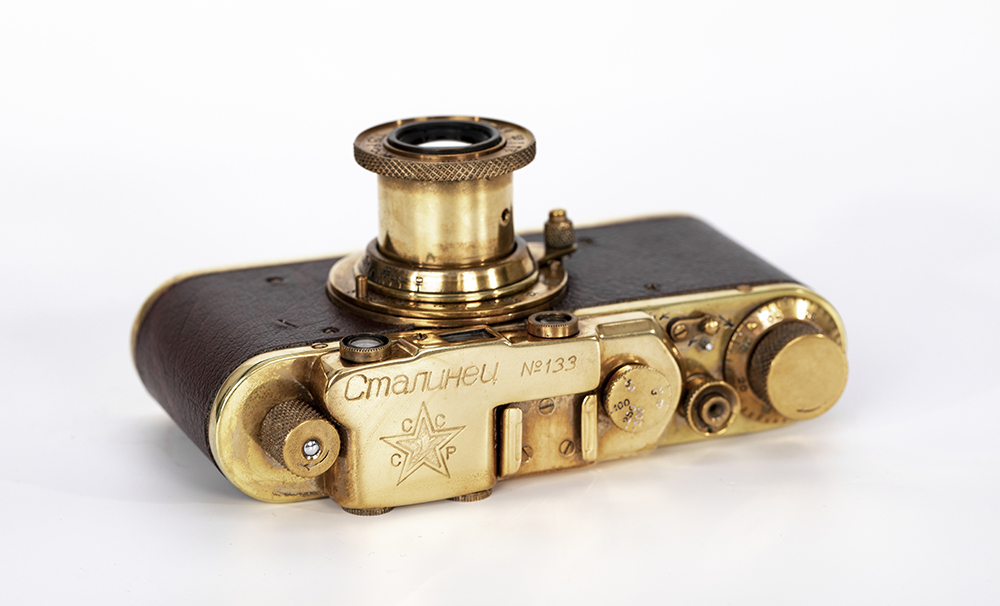 Another area of possible falsification occurs within the FED branding. Occasionally there is the appearance of cameras with the inscription Смалцнец “Stalinets.” The legend behind the “Stalinets” is that they were special cameras given by Joseph Stalin to important Communist officials, Military Generals, and visiting VIPs to the Soviet Union. (СТАЛИНЕЦ engraved on the lens, translates to “follower of Stalin.”)
Another area of possible falsification occurs within the FED branding. Occasionally there is the appearance of cameras with the inscription Смалцнец “Stalinets.” The legend behind the “Stalinets” is that they were special cameras given by Joseph Stalin to important Communist officials, Military Generals, and visiting VIPs to the Soviet Union. (СТАЛИНЕЦ engraved on the lens, translates to “follower of Stalin.”)
Soon after construction of the Almaz factory, it was full of German engineers and the scientists who had been taken from Germany after WWII to work with the best Soviet experts of that time. At an accelerated tempo the Almaz staff introduced anti aircraft and rocket projects in defense of the USSR. Engineers at Almaz and the Russian military were in need of a quality camera. However German forces had destroyed the FED factory in 1941, creating delays in camera production. In 1947, The Almaz engineers were given drawings for the FED, and production soon commenced on “T.S.V.V.S.” cameras for military use. Produced in a very limited quantity (around 1,000), during a very short period, it is from these fine crafted cameras that it is believed Stalin requested a very small number of custom engraved cameras produced as gifts.
Photographer: John Baltz
 John is a seasoned professional with nearly 30 years in photography. A native to Northwest Arkansas, John’s first interest in photography began with collecting cameras as a child from antique markets around town. Later, John received a degree in Computer Science from the University of Arkansas. It is his strong knowledge in digital photography, along with a love for the the history of photography that provides for a unique sense of creativity driving many of his projects.
John is a seasoned professional with nearly 30 years in photography. A native to Northwest Arkansas, John’s first interest in photography began with collecting cameras as a child from antique markets around town. Later, John received a degree in Computer Science from the University of Arkansas. It is his strong knowledge in digital photography, along with a love for the the history of photography that provides for a unique sense of creativity driving many of his projects.
Bibliography
http://camera-wiki.org/wiki/FED
http://camera-wiki.org/wiki/Zorki
http://www.sovietcams.com/index.php?-737528618
https://www.cameraquest.com/fakerusk.htm
https://ru.wikipedia.org/wiki/ФЭД_(фотоаппарат)
http://ussrphoto.com/wiki/default.asp?WikiCatID=76&ParentID=1&ContentID=54
http://www.dvdtechcameras.com/collect/fed/1/18.htm

